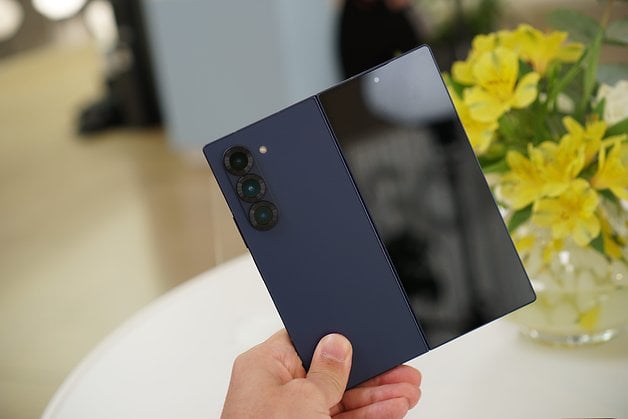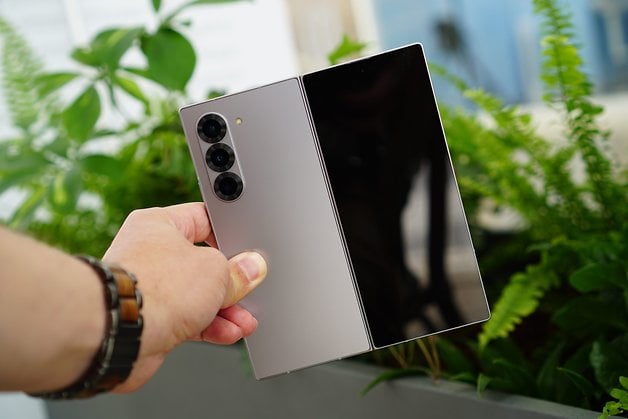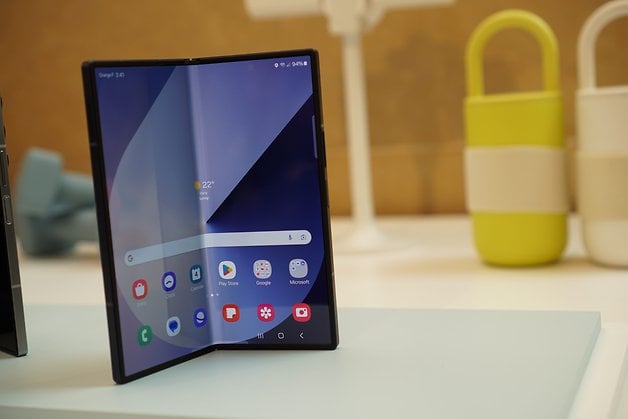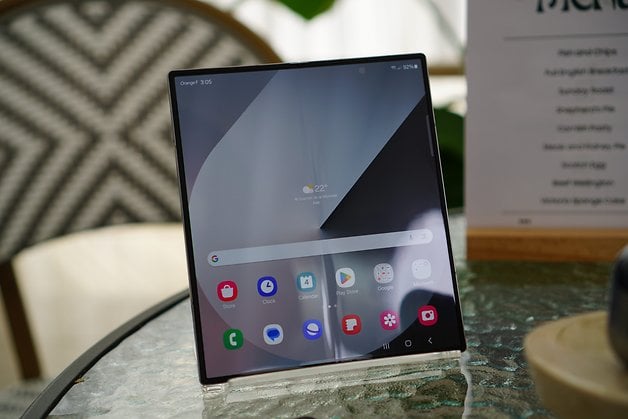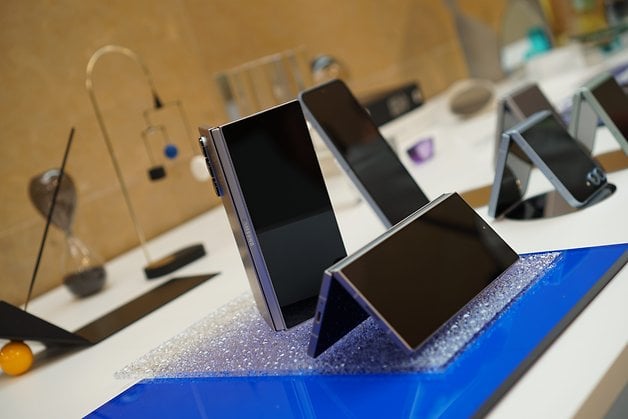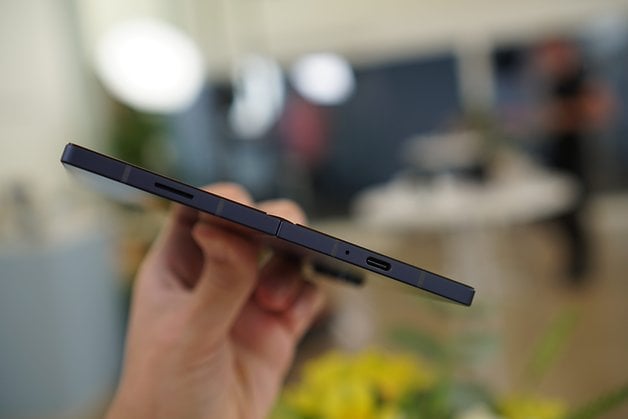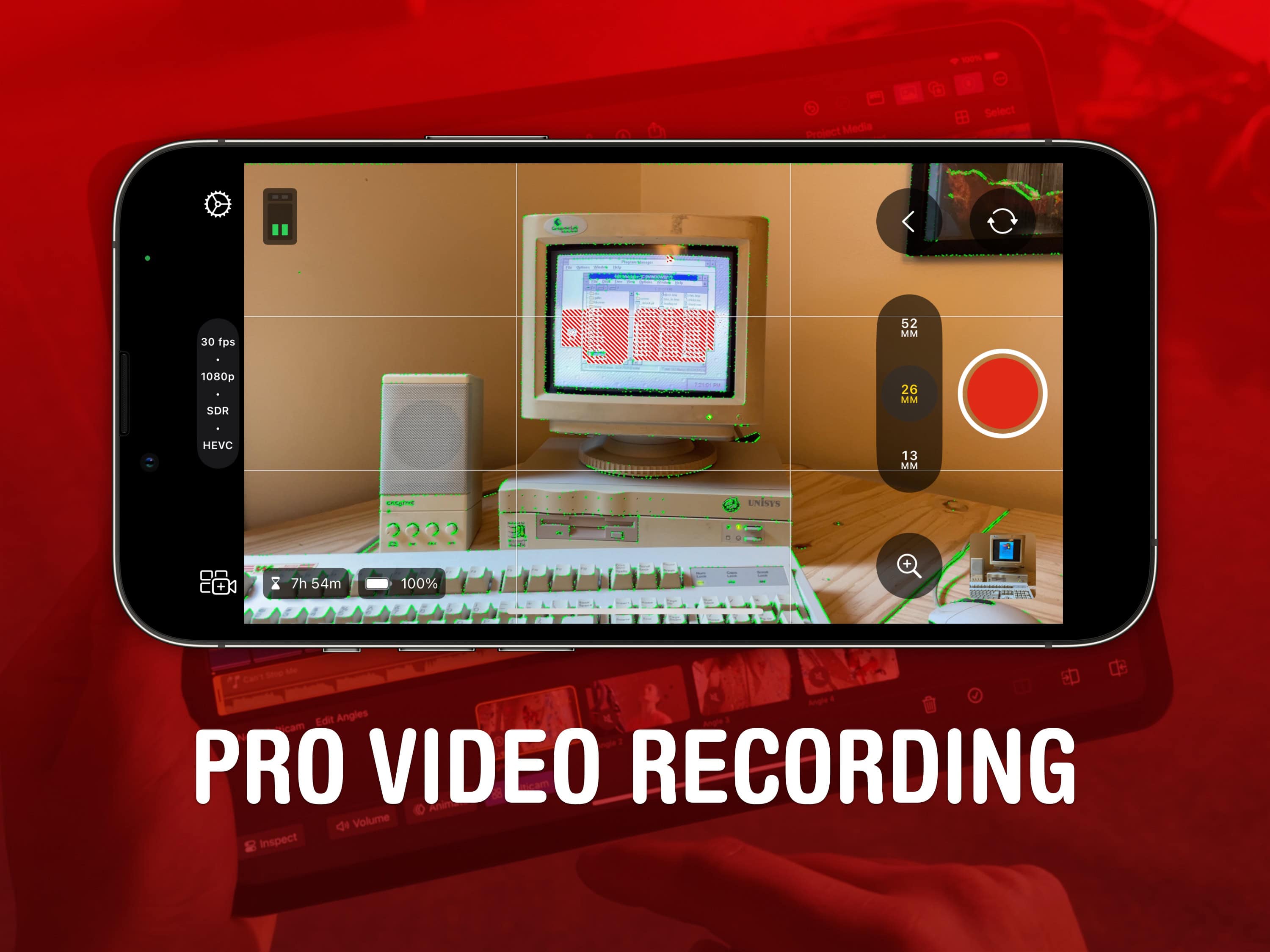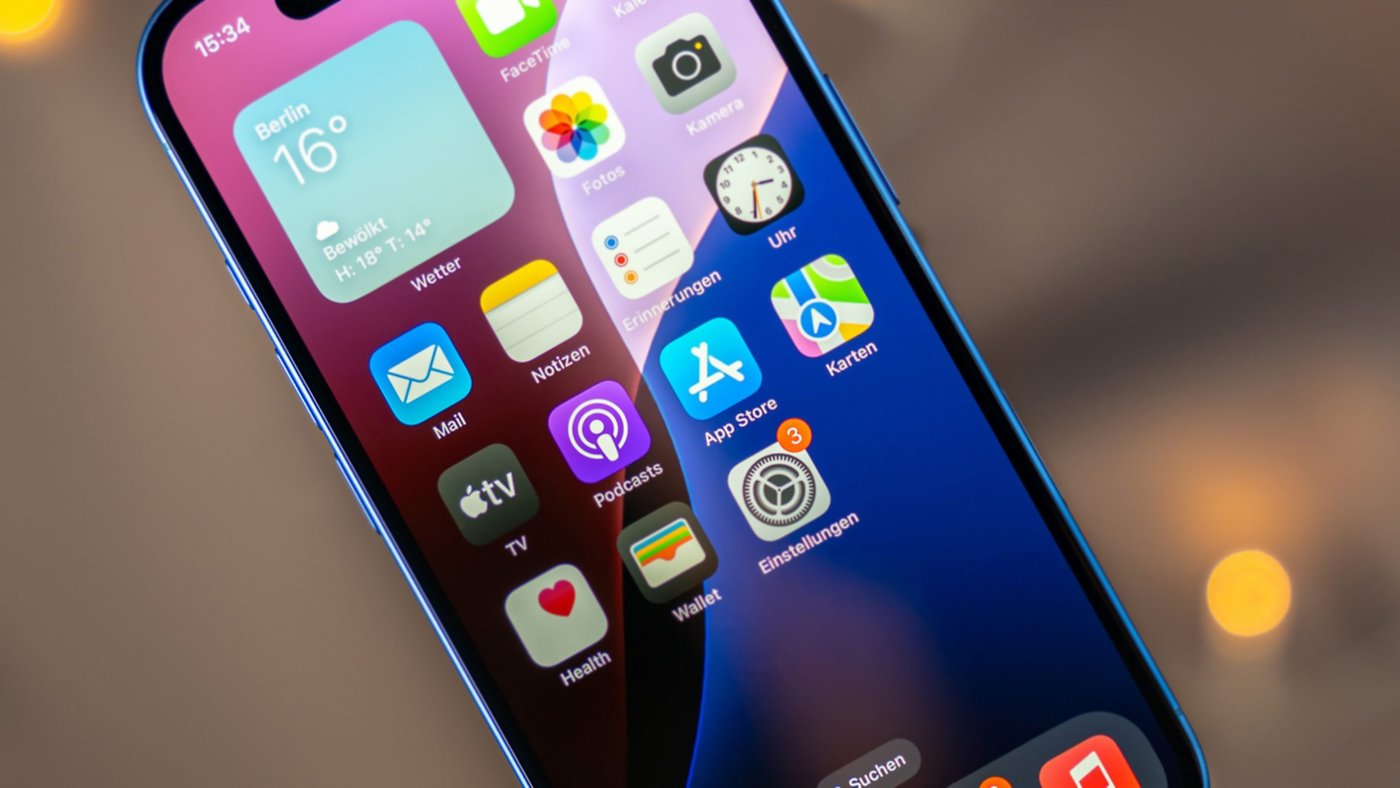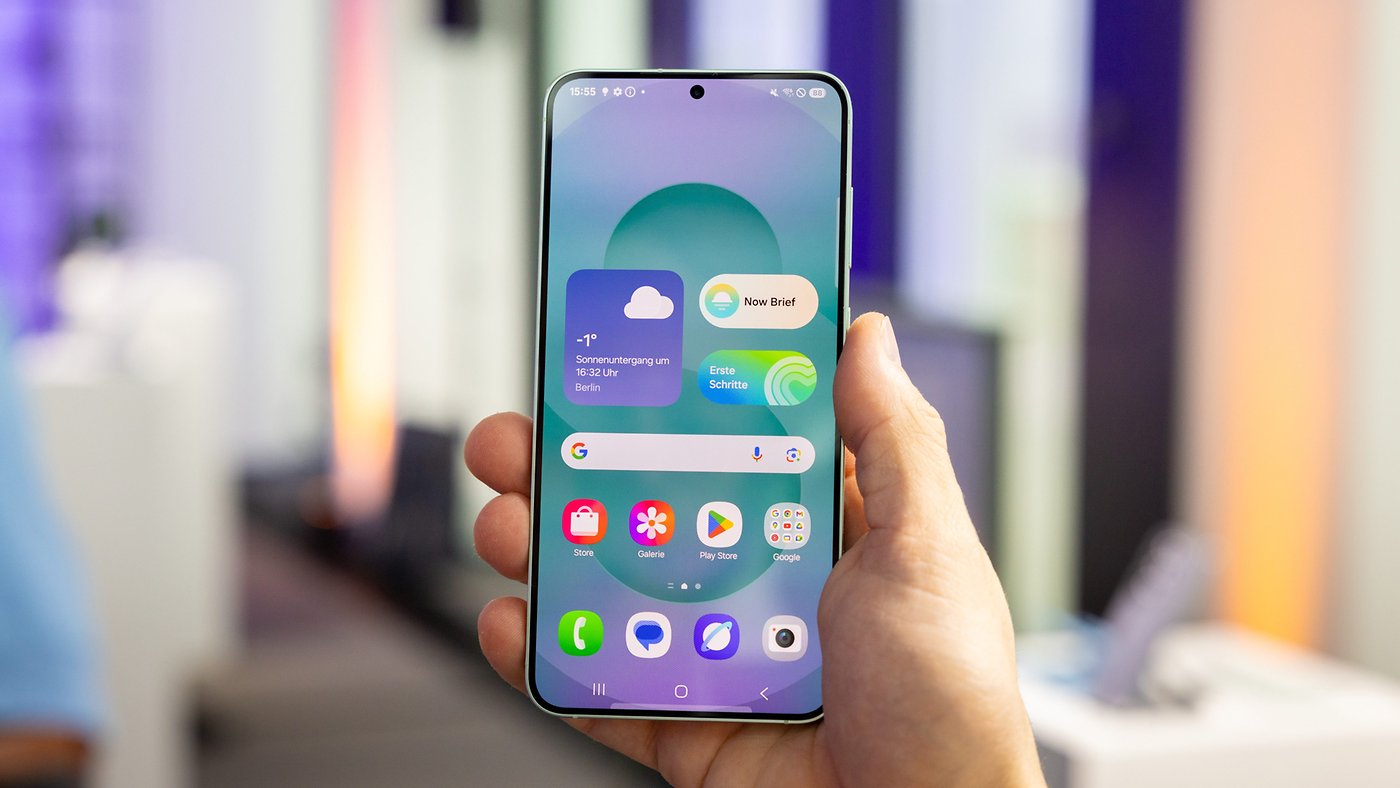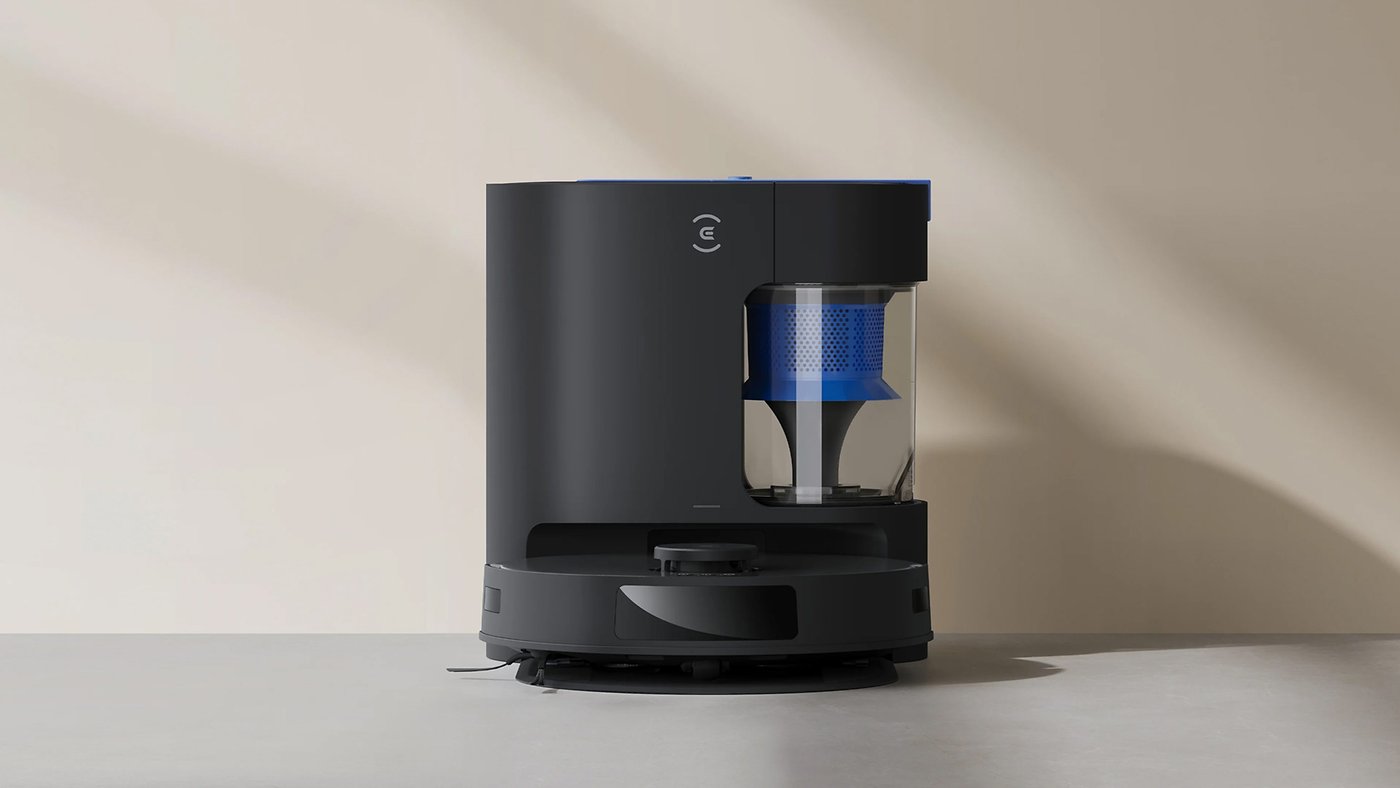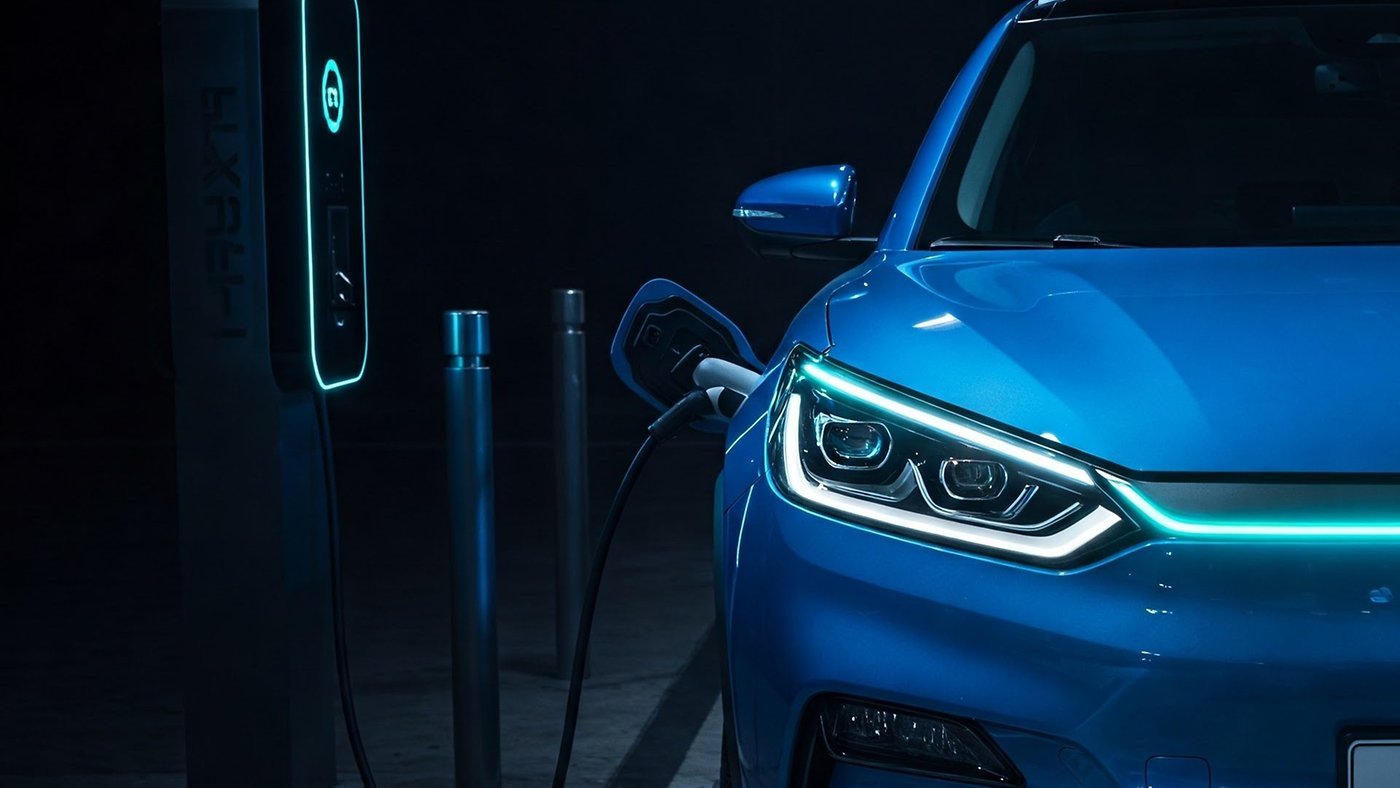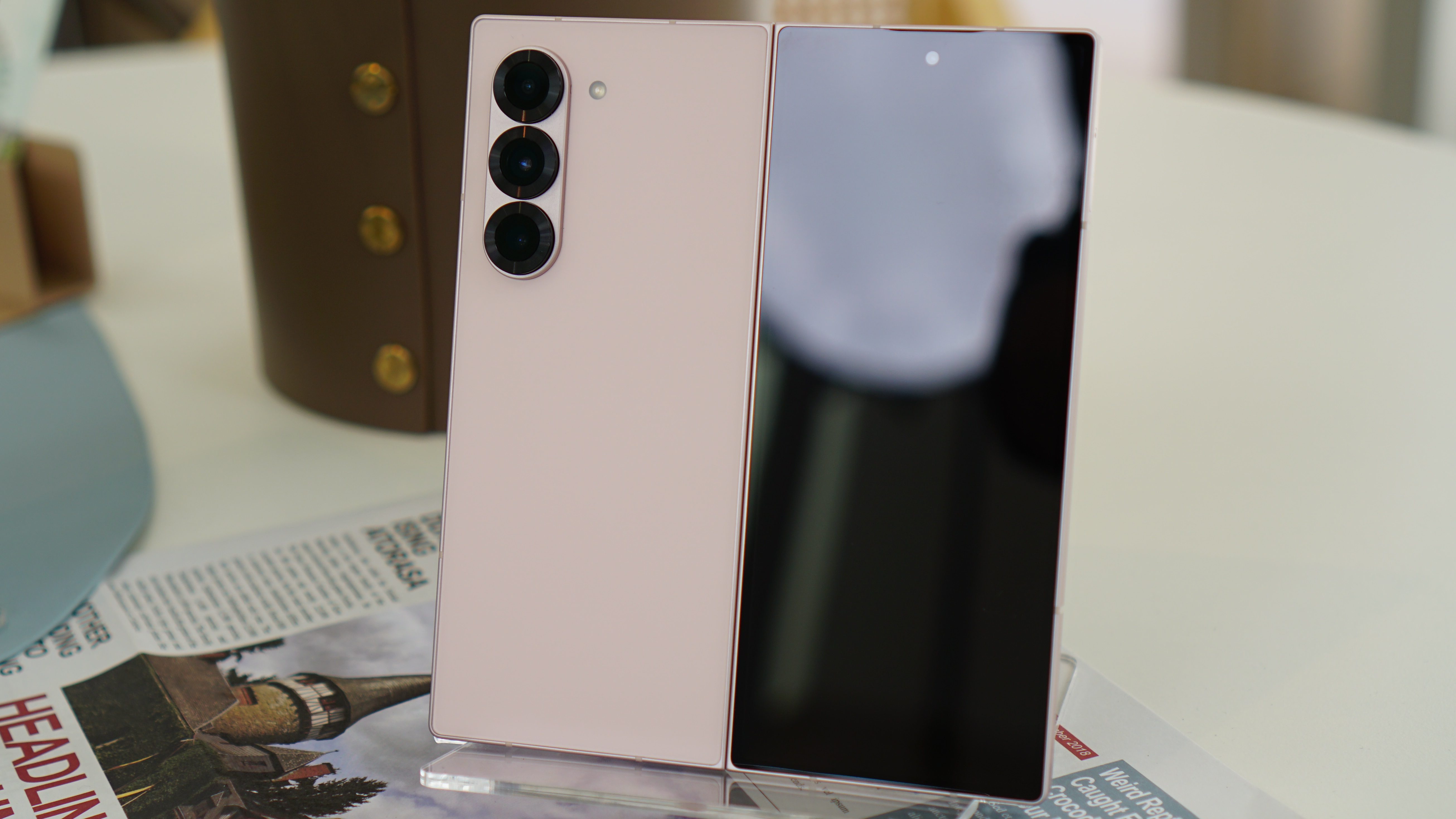
The two Samsung series, the Galaxy Z Flip and Galaxy Z Fold, are undoubtedly among the best foldables out there. Both models are now in their sixth generation and are set to hit stores soon. In contrast to the previous models, however, the new devices offer a different, albeit not unexpected, focus. I took a closer look at the Samsung Galaxy Z Fold 6 in advance as part of a hands-on event.
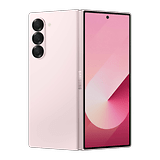
Samsung Galaxy Z Fold 6: All deals
The Samsung Galaxy Z Fold 6 in a nutshell
The Samsung Galaxy Z Fold 6 is traditionally one of the most expensive devices the South Korean manufacturer has offered in the smartphone segment. The newcomer is no exception. If you want to call the foldable smartphone your own, be prepared to fork out a hefty $1,799 even for the cheapest model with 12 GB of RAM and 256 GB of internal memory. If, on the other hand, you want the model with 12 + 512 GB, the purchase price rises to $1,919. The absolute flagship model with 12 GB + 1 TB costs a whopping $2,159.
Even those who can afford it will have to be patient. Although the Samsung foldable is already available for pre-orders from today, the Galaxy Z Fold 6 will not arrive at stores until the end of July. Pre-orders can still be worthwhile, as buyers not only receive an improved trade-in value but also a one-year Samsung Care+ subscription.
Design and display
Visually, the Samsung Galaxy Z Fold6 is not very different from its direct predecessor. Although it looks a little more angular with a total weight of 239 grams, it is around 14 grams lighter than the Galaxy Z Fold 5. That should not play too much of a role in everyday use. What is far more interesting is whether Samsung was able to reduce the size of the main camera module noticeably or significantly reduce the visible crease in the middle of the screen. However, after my inspection, I have to provide a negative answer sadly. Both of these are nitpicking at a high level. In contrast, the lack of IP certification against dust is a bigger problem. However, the smartphone is IPX8 waterproof.
Pros:
- Up to 2,600 nits of brightness.
- Foldable and large.
- 120 Hz refresh rate.
Cons:
- Visible crease in the display.
- Usefulness of the foldable display remains limited.
- Only IPX8 certification.
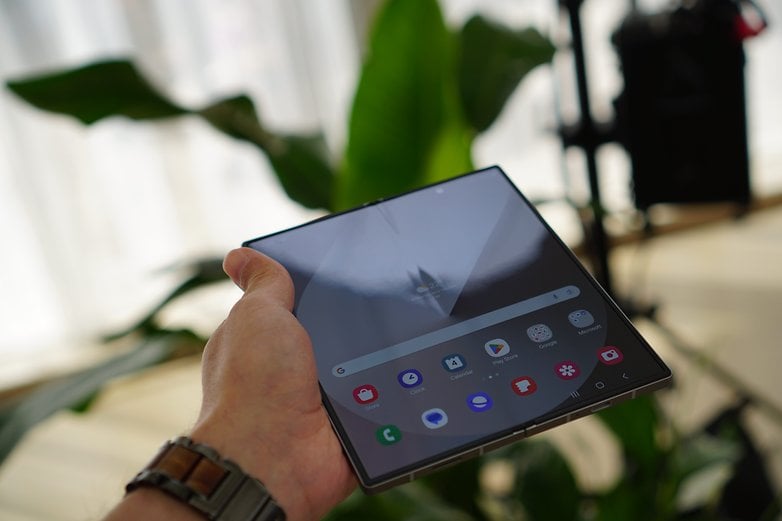
From a technical point of view, the AMOLED display of the Galaxy Z Fold 6 measures 6.3 inches across diagonally when folded and a full 7.6 inches when unfolded. Both screens deliver an adaptive refresh rate of between 1 and 120 Hz, which should be perfectly adequate for the majority of smartphone users.
What is even more exciting, however, is how the display impressed with a brightness of up to 2,600 nits. In everyday use, this means the screen should be easy to read even under direct sunlight. Finally, here’s a little something for those S Pen diehards: Yes, the Galaxy Z Fold 6 also supports the traditional Samsung stylus.
Software
The software, including Galaxy AI, is supposed to be the major highlight of the Galaxy Z Fold 6 smartphone and set it apart from previous models. Although this year’s foldable from Samsung is still based on Android, the device impressed us with numerous AI functions this time. Of course, all this is just in theory.
Pros:
- Many practical AI functions.
- Seven years of updates.
Cons:
- AI features remain not fully developed in some cases.
- Some AI functions require Internet access.
The artificial intelligence hidden in the Galaxy Z Fold 6 hails not only from Samsung but also (and especially) from collaborations with AI giants such as Google — aka Gemini. According to a Samsung spokesperson, the bottom line is the computing operations carried out on the smartphone benefit from Samsung’s AI while computing processes outsourced to the cloud help augment it. So what exactly can the Galaxy Z Fold 6 do in terms of artificial intelligence? Quite a lot, apparently.
Note-taking assistants, browsing assistants, transcription assistants—the user is given a helping hand in all these areas. AI drawings are also possible. In other words, you scribble a pair of glasses on a picture and the dog in the photo is wearing them. Our self-experiment showed that the technology has not yet fully developed though.
Meanwhile, the “Circle to Search” function, which is clearly based on Google Lens, is more practical. Similar functions also make it possible to solve complicated mathematical formulas. Of course, the Samsung Galaxy Z Fold 6 also offers live translations and interpreting capabilities.
Finally, a major highlight for anyone who buys the Galaxy Z Fold 6 is this: you can expect not only seven years of security updates but also seven years of software updates. Whether the display hinge can withstand such a long period is another question.
Performance and SoC
The heart of the Samsung Galaxy Z Fold 6 is the Snapdragon 8 Gen 3 SoC. This is the current
flagship chipset from Qualcomm, which means the new Samsung foldable belongs to the current crème de la crème in terms of performance. The same applies to connectivity options which are also linked to the SoC.
Pros:
Cons:
How powerful is the computing power of the Samsung Galaxy Z Fold 6? Since we couldn’t do real-world or synthetic benchmarks on the display units during a briefing with the phone, we will have to wait for our full review.
However, one thing can already be said with certainty: Only a tiny fraction of us are likely to be dissatisfied with the performance of the new foldable, if at all. If you don’t render videos using your smartphone, you can use it with confidence considering how the chip is backed up by 12 GB of RAM.
Photo and video quality
The photo and video quality of a smartphone can only be determined to a limited extent based on the technical specifications alone. It is much more important to take sample photos in good and poor lighting conditions, using individual lenses, and in different modes. That’s exactly what I wasn’t able to do during the event, at least not to an adequate extent. So before a comprehensive review follows, you’ll have to make do with what the technical specifications offer for better or worse.
Pros:
Cons:
The main camera of the Samsung Galaxy Z Fold 6 consists of three lenses: a wide-angle sensor with a 50 MP resolution, a new ultra-wide angle sensor with 12 MP, and a telephoto sensor with 10 MP. The foldable also offers two front cameras on the internal and external displays.
What is exciting regarding the selfie cameras is that the sensor embedded in the large screen is once again located under the display. This should make the front camera invisible on most accounts. In reality, however, it can still be easily spotted with the naked eye. This technology is still a long way from being ready for the market.
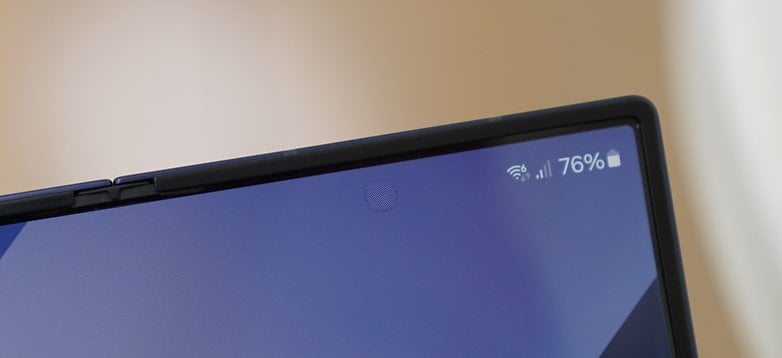
Battery
Different topic, same conclusion: If you want to know the battery life and charging time of a smartphone, you have to test it. That takes time. Consequently, I can only base my initial conclusion on the technical specifications in this department, and it is not going to be very accurate at all. The battery capacity of the Galaxy Z Fold 6 is “only” 4,400 mAh while most regular flagships can boast at least 5,000 mAh. The new foldable is therefore unlikely to break any records in terms of battery life.
Pros:
Cons:
Samsung Galaxy Z Fold 6 technical specifications
| Samsung Galaxy Z Fold 5 | |
|---|---|
| Display |
|
| SoC |
|
| Memory |
|
| OS |
|
| Camera |
|
| Selfie Camera |
|
| Battery |
|
| Connectivity |
|
| IP Certification | |
| Dimensions and weight |
|
Early conclusion
The Samsung Galaxy Z Fold 6 is a smartphone that supposedly belongs to the absolute top class. Unfortunately, the foldable display imposes some restrictions on the hardware. The battery capacity remains limited and there is no protection against dust ingress. On the other hand, the device is extremely powerful and offers many exciting AI functions.
If you have the necessary funds and enjoy playing with new technology as it is released, you can’t go wrong with the Galaxy Z Fold 6. However, more practical-minded consumers should opt for a normal smartphone or the predecessor which is not that much weaker.

